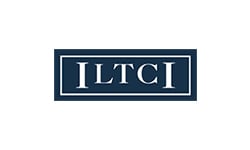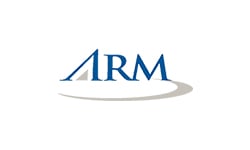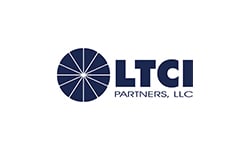If these past few months have taught us anything, it’s that trend-forecasting is an inexact science. We’ve all known for at least the past two decades that technology would continue to change our world, seamlessly integrating itself into our daily lives until almost everything can be ordered, viewed, or accomplished digitally. But very few of us could have predicted just how much, and how quickly, we would have to adapt to a world where working from home, video-chatting with doctors, and ordering groceries was not only an option but a necessity. It’s changed the way we conduct business – so much so that many industries, like life and health insurance, have been forced to reevaluate their relationship with tech to meet the demand of advisors and clients alike. They’ve begun to realize that technology is not just a trend they must grudgingly dip their toes into but an opportunity to dive in head first for total transformation. Keeping all that in mind, here are the most notable trends that insurance agents should be aware of.
The Rise of the Gig Employee
In the past, the majority of the workforce got their policies through their workplace. However, we have seen a sharp incline in the number of 1099s, freelancers, gig workers, and entrepreneurs. While those numbers have been exacerbated by the current economic climate of furloughs, layoffs, and closings, they were becoming more commonplace well before the pandemic ever struck. The majority of these workers tend to skew younger than their traditional 9–5 counterparts and place an emphasis on technologically friendly, casual communication and information that’s delivered in simple, straightforward terms.
Disruption Enables Growth
Without a doubt, the rise of technology has been a major disruptor, shaking up the way global conglomerates conduct business and connect with their user base. However, large companies are a lot less agile when it comes to introducing new, tech-based methodology. This has paved a golden road for start-ups, apps, platforms, and software tailored specifically to the unique needs of advisors and their clients. These companies offer all sorts of tools to help you level up your practice, whether it’s providing e-sign signature options or a secure virtual workplace, such as LegacyShield, to collaborate and communicate with clients.
Less In-Person, More Personal
Insurance has never been one-size-fits-all, but with the Great Wealth Transfer and the rise of the Millennial client, people are demanding and need more personalization than ever. Individuality is the name of the game, and, while the majority of your client-advisor relationship may be conducted through a computer screen, this doesn’t mean that the industry must lose the personal touch that makes a good agent so valuable. Your Millennial clients have unique needs and values, and, as a generation that is constantly bombarded with ads and sales pitches, it takes a little more time to gain their trust. Their innate comfort with technology, however, makes building that relationship through communication easier for both parties.
View original post from our partner, Legacy Shield: https://blog.legacyshield.com/life-insurance-trends-in-2020















-CMYK.png?width=250&name=LifeSecureLogo(F)-CMYK.png)



.png?width=860&height=245&name=Full%20Color%20Krause%20Group%20Horizontal%20(002).png)


